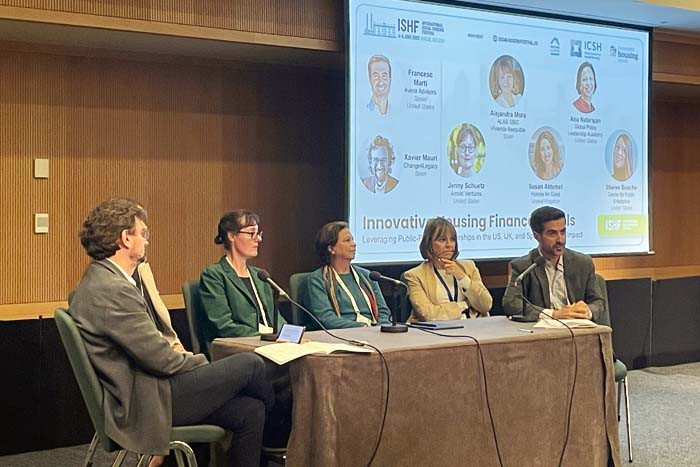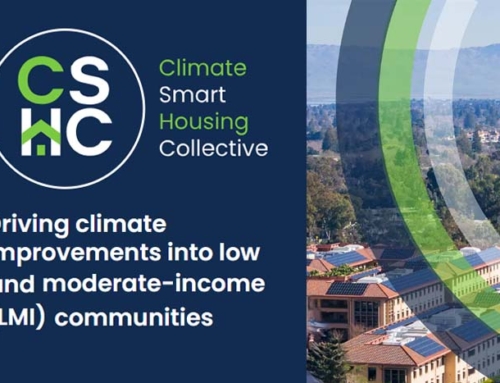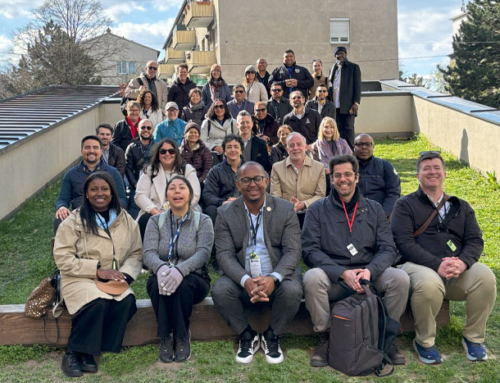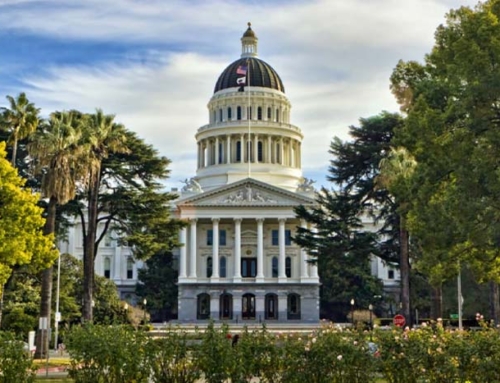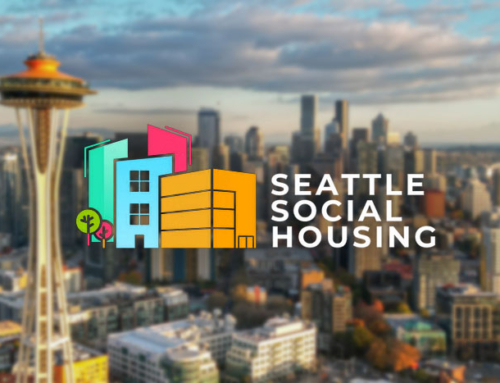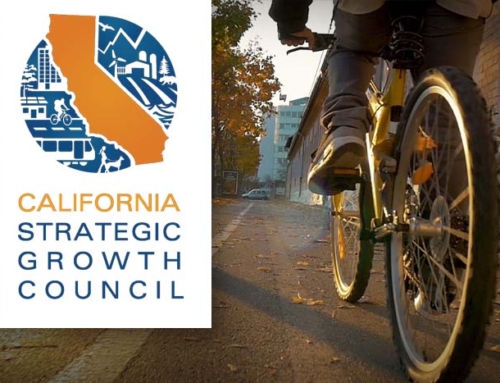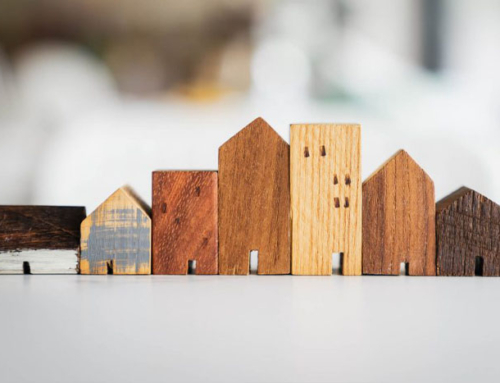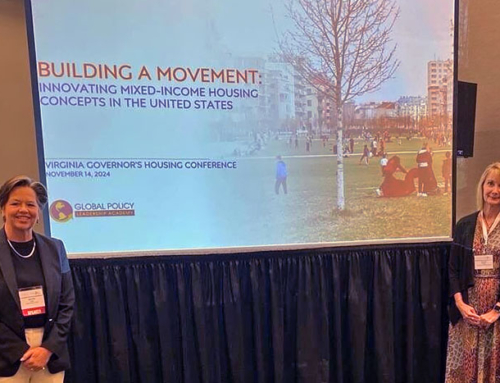Article Contributors: Aria Pounaki, GPLA Team and Community of Practice Manager; Jacqueline Woo, GPLA Senior Associate, Research & Policy
The 5th International Social Housing Festival (ISHF) convened at Dublin’s Convention Centre from June 4 – 6, 2025, attracting over 2,000 delegates from around the world. This biennial gathering was organized by Housing Europe, the Irish Council for Social Housing (ICSH), and Cooperative Housing Ireland. Under the central theme of Storytelling, the Festival showcased how personal narratives, grounded in lived experience, fuel policy change. Global Policy Leadership Academy (GPLA) Managing Director Anu Natarajan participated in 2 panel discussions showcasing the growing social housing movement and innovative funding models in the United States.
The Festival’s theme, “C’mere till I tell ya: Storytelling as a Tool for Housing Justice,” emphasized personal narratives and community voices as vital drivers of political change. From neighborhood story slams to tenant-led workshops, participants were challenged to rethink how to measure the success of housing, not just in numbers, but also in terms of dignity, stability, and belonging. As keynote speaker Prof. Katriona O’Sullivan put it: “Housing is not a policy detail -it’s the structure that supports every other aspect of life.”
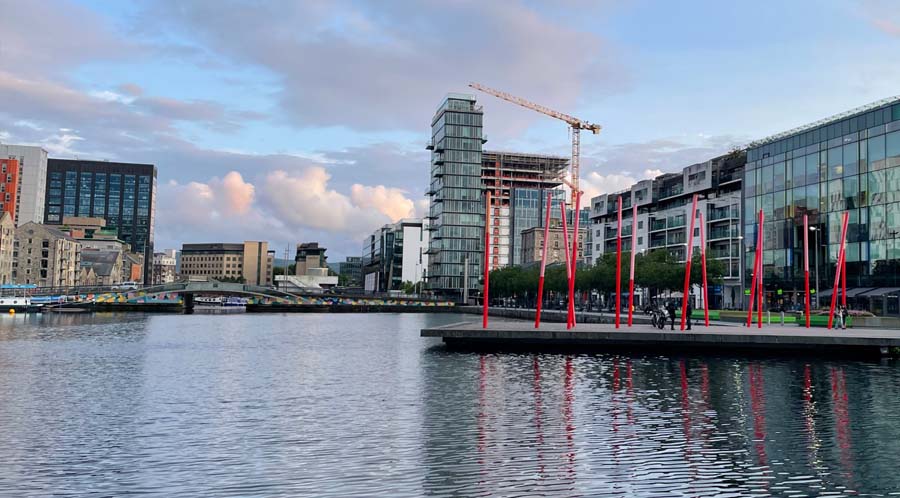
Grand Canal Square, Dublin Docklands
Key Themes and Innovations
Housing as Climate Strategy: Funding the Future of Green, Circular, and Inclusive Cities
Far beyond shelter, social housing was presented as vital climate infrastructure, capable of accelerating decarbonization, advancing environmental justice, and building long-term resilience. With the built environment responsible for nearly 40% of global emissions, public and non-profit housing providers are uniquely positioned to lead by example, implementing deep energy retrofits, passive design, and circular construction that minimizes waste and maximizes reuse. Multiple sessions showcased how green social housing can deliver lower energy costs, healthier indoor environments, and climate-ready neighborhoods.
Whether through modular, bio-based construction or tenant-led retrofit initiatives, investing in green, circular social housing presents one of the most powerful and equitable opportunities to address the climate emergency while simultaneously creating vibrant, inclusive communities.
Innovative Funding Models: Investing in Inclusive Futures
The festival highlighted emerging funding mechanisms to make this transformation scalable. Managing Director Anu Natarajan participated in two panels: “Innovative Housing Finance Models: Leveraging Public-Private Partnerships in the US, UK and Spain for Social Impact” and “Social Housing in the United States.” Panels highlighted EU-level investments through the European Investment Bank and InvestEU, as well as cost-based rent models that stabilize rents while capturing long-term savings, and public-private green financing partnerships that align affordability with climate resilience. Projects featured in the festival also illustrated how circular city strategies – integrating housing, mobility, energy, and materials – can be embedded in local planning and budgeting.

Session: Innovative Housing Finance Models: Leveraging Public-Private Partnerships in the US, UK, and Spain for Social Impact. From L to R: Xavier Mauri, Change4Legacy; Sheree Bouchee, Center for Public Enterprise; Jenny Schuetz, Arnold Ventures; AnuNatarajan, Global Policy Leadership Academy; SusanAktemel, Homes For Good; Francesc Martí, AvenirAdvisors LLC.
A major focus of the festival was the Vienna social housing system’s cost-based rental model. Unlike market-driven rents, cost-based rents are directly tied to the actual expenses of constructing, operating, and maintaining the housing, thereby eliminating profit-seeking from the equation. This model ensures long-term affordability, rent stability, high-quality design, energy efficiency, and reinvestment into the housing stock. Several sessions examined how adapting this model in other cities could offer a scalable alternative to speculative development, particularly when combined with public land policies and transparent procurement processes.
Participants also engaged in robust discussions about how housing authorities, local governments, and non-profit developers are leveraging emerging tools such as climate adaptation funding and land value capture mechanisms to stabilize rents and finance upgrades. In Vienna’s showcase sessions, limited-profit developers explained how their financing model, anchored by public land leases, low-interest loans, and cost-based rents, ensures long-term financial sustainability without relying on profit extraction.
Participants walked away with a better understanding of how solving the housing crisis in a climate-conscious way will require rethinking risk, designing mission-aligned capital stacks, and building cross-sector partnerships that center on both social and environmental returns on investment.
Designing for Belonging: Housing as Civic Infrastructure
A central message of the conference was the urgent need to shift from housing delivery to community creation. Across sessions, speakers emphasized that the true success of social housing lies not in the number of units built, but in the quality of life, sense of belonging, and opportunities it enables. Inclusive communities require more than affordability: they demand well-designed public spaces, access to transit, childcare, schools, and vibrant cultural life. Housing was repeatedly framed as a foundation for social infrastructure, where design and planning choices foster connection, mutual support, and long-term resilience.
When housing is designed as part of a holistic urban ecosystem, it becomes a catalyst for equity, civic trust, and shared prosperity, not just a response to housing shortages.
Examples from Vienna demonstrated how this philosophy is embedded in practice. Developments like Seestadt Aspern and Nordbahnviertel integrate mixed-income housing with mobility hubs, schools, coworking spaces, and ground-floor social uses, encouraging residents to live, work, and engage locally. In Dublin, projects like Pear Tree Crossing and Elanora Court showed how co-designed landscapes, communal gardens, and inclusive design standards enhance both livability and a sense of belonging. Sessions on cohousing models, such as O Cualann’s community-led housing in Ballymun, reinforced the importance of resident participation in shaping place and policy.
For GPLA, the festival was both a source of inspiration and a powerful reminder that local housing solutions are strengthened through global solidarity and shared imagination. Social housing is no longer just a safety net; it is essential civic infrastructure for the green and just cities of the future. Dublin 2025 showed that by combining climate-forward design, innovative finance, and resident-centered planning, communities can be affordable, vibrant, equitable, and sustainable.
A Learning Journey: Vienna’s Social Housing in Global Context
Vienna stood out at the Dublin 2025 festival as a globally recognized example of how long-term public investment in housing can create equitable, livable, and climate-forward cities. For over a century, Vienna has treated housing not as a commodity but as essential civic infrastructure, on par with transit, parks, and schools. The city demonstrates that cost-based rent models, public land policies, and design competitions can deliver high-quality, permanently affordable housing at scale. Neighborhoods like Aspern Seestadt and Nordbahnviertel are celebrated not only for their affordability but also for their integration of transit, green space, community services, and circular economy principles.
Vienna’s model offers practical inspiration for cities worldwide seeking to balance affordability, climate resilience, and social cohesion and serves as a compelling case for reframing housing as a long-term public investment with civic and environmental returns.
For those committed to reimagining housing as a foundation for equity, climate action, and community well-being, there is no better place to learn than Vienna, considered one of the most livable cities in the world by the Economist Intelligence Unit. GPLA invites elected officials, civic leaders, and housing practitioners to participate in an immersive field study exploring Vienna’s world-renowned housing model. Join us from September 21 to 27 for a hands-on experience that offers a unique opportunity to engage directly with policymakers, planners, and residents, visit exemplary developments, and unpack the systems – financing, design, land policy, and governance – that make it all possible.
The Vienna Social Housing Field Study enables participants to connect global best practices with local solutions and to return home with actionable ideas to advance inclusive, climate-ready communities in their regions. See what is possible when housing is treated not as a market commodity, but as civic infrastructure for the public good. Visit our website to learn more and register.
© LeSar Holdings/LeSar Development Consultants. All Rights Reserved. Please be advised that any republishing of copyrighted material provided by our organization, in whole or in part, requires prior written authorization. For permission, please reach out to [email protected]. We appreciate your understanding and compliance in upholding copyright laws.

